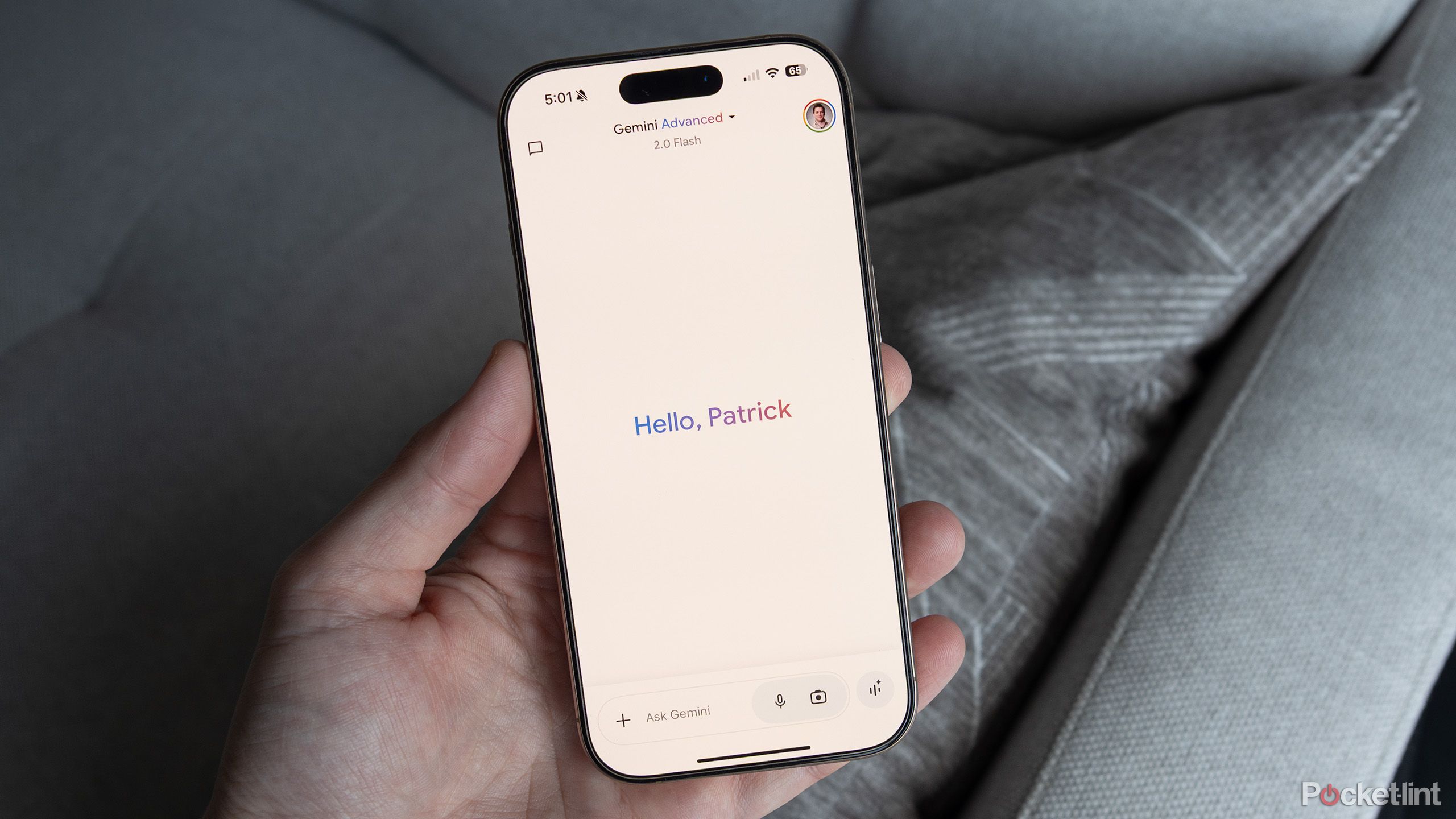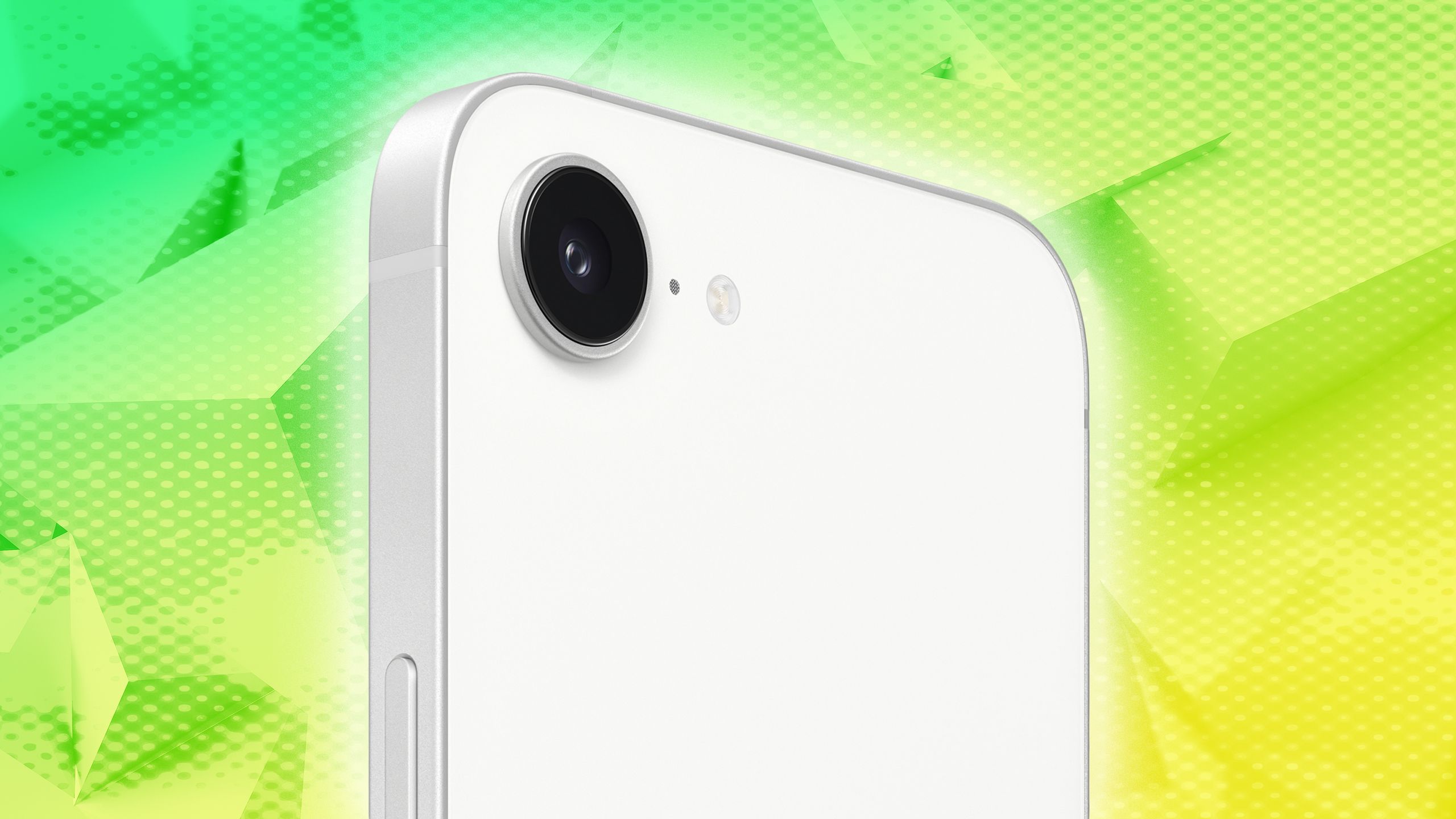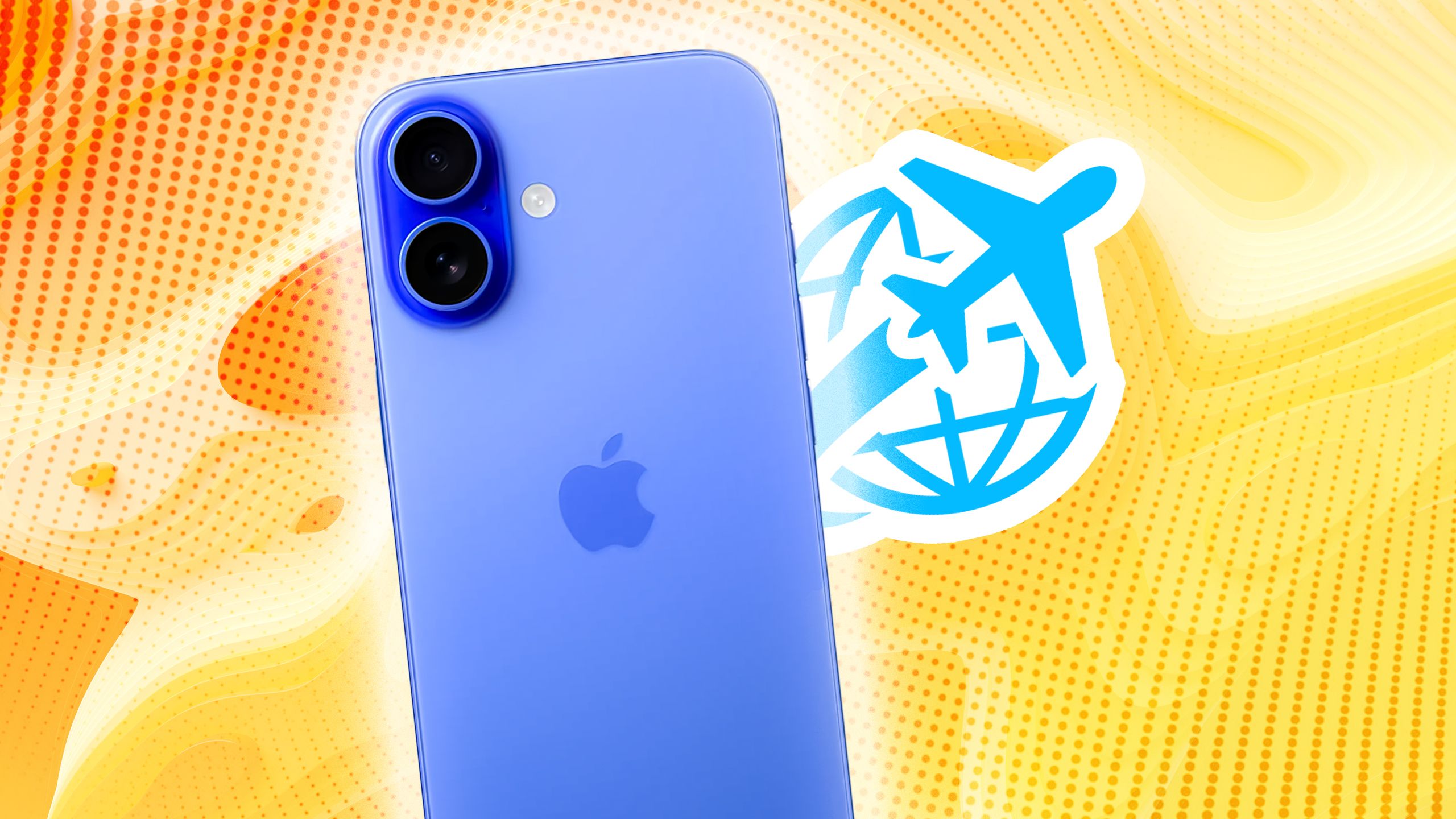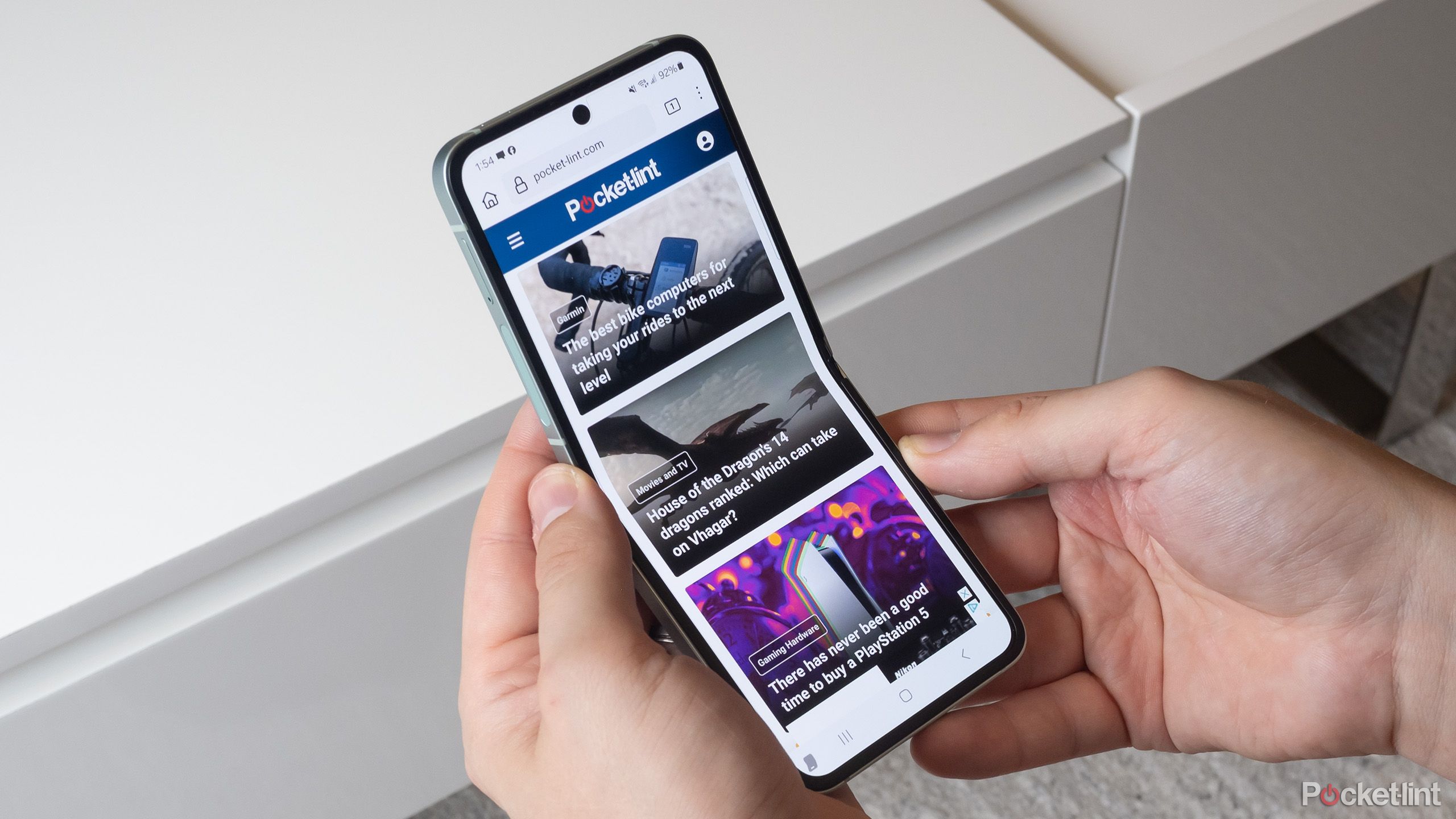Summary
- Apple is forging ahead with top-shelf tech for its foldable, but that could push iPhone prices to new heights.
- The company is already testing tolerance of high prices with devices like the Vision Pro and iPhone 16e.
- If it botches the foldable’s cost, it may be time for some corporate soul-searching.
The latest word on Apple’s folding iPhone is that the company has solved the problem of a creaseless screen, fixing an annoyance people have dealt with since foldables first hit the market. The catch, per a source for ETNews, is that Apple has decided to eliminate creasing “regardless of price.” That’s not entirely surprising, given the company charges a premium for its devices, and usually tries to refine industry formulas before entering a product category — the Apple Watch being a prime example.
That raises an important question, though — what’s the ceiling on what Apple fans are willing to pay for the combination of branding and the newest technology? Traditionally the answer has been “a lot,” but Apple is already pushing its luck with some products, and there’s a risk the foldable iPhone will go a step too far.

Related
Apple Intelligence’s third-party hooks are the right direction for phone AI
It’s about issues like personalization, resilience, and privacy.
Where Apple’s already treading lightly
Casey Neistat, where’s your Vision Pro now?
The first thing that comes to mind is the gaffe Apple made by pricing the Vision Pro at $3,500 — to start. The company has tried to justify that in various ways, including marketing it as an authentically “professional” product, but it’s very evident by now that it was always hoping for a breakout with consumers. It set up personal demos in Apple Stores, and to this day it continues to emphasize the entertainment aspects of the product, for instance, releasing custom videos that emphasize the headset’s immersiveness. You don’t fund a music video starring The Weeknd if you’re trying to sell people on virtual meetings or expanding your Mac workspace.
Not too surprisingly, people have balked at spending $3,500 on an AR/VR headset, considering that the Meta Quest 3 does many of the same things for $3,000 less — enough to buy a Mac with change left over. In some areas, the Quest 3 actually beats the Vision Pro. The latter doesn’t ship with controllers, meaning it’s unable to play staple VR games like Beat Saber or Superhot VR without workarounds that involve connecting to a PC. There are native Vision Pro games, naturally, but those are limited to what you can control with hand gestures.
So at least in one product category, yes, there’s already a cap on how much all but the most dedicated or affluent Apple fans are willing to pay.
Apple has been forced to scale back production of the Vision Pro, and now it seems like all the company’s AR/VR ambitions are riding on a cheaper Vision device coming sometime later. So at least in one product category, yes, there’s already a cap on how much all but the most dedicated (or affluent) Apple fans are willing to pay.
I might consider the Vision Pro a one-off mistake, except that Apple just launched the iPhone 16e for $599. It seems like a quality product, but that cost is $170 more than the iPhone SE it’s replacing. Effectively, Apple is pricing itself out of the budget phone market, doubling down on its “premium” aspirations.
We’ll have to wait a few months to tally up 16e launch sales, but it’s doubtful Apple is going to have a hit on its hands, given the reaction in the media so far. I doubt the product will fail, either, but it’s simultaneously too expensive for budget shoppers while being under-equipped for people willing to consider a regular iPhone 16, or a refurbished older iPhone.

Related
With the iPhone 16e, is Apple abandoning budget devices?
Some upcoming hardware refreshes should confirm where Apple is headed.
Why the foldable iPhone could be a step too far
The crisis isn’t quite here yet
If iPhone 16e sales do prove mediocre, it’ll hardly spell doom for Apple, but the consequences of overpricing a foldable could be serious. There’s a lot at stake. Foldables are always a signature product for any phone maker, and that will apply doubly in the case of Apple, which depends on iPhones for the bulk of its revenue and has deliberately avoided the folding market so far, even though its chief rival, Samsung, has been spearheading it since 2019’s Galaxy Fold. There’s a lot of anticipation for Apple’s first effort, and if it’s priced in the stratosphere, that could disappoint both fans and the investors expecting huge sales numbers.
Unfortunately, all signs point to the product costing an exorbitant amount. For one, many foldables are already pretty expensive. Before discounts, Samsung’s Galaxy Z Flip 6 starts at $1,100, and the Galaxy Z Fold 6 costs $1,900, a cost on par with some gaming PCs. Given the premiums Apple tends to charge, it’s easy to see a folding iPhone costing more than the $1,200 iPhone 16 Pro Max. If Apple aims for a book-style device like the Z Fold, it could top $2,000. That’s not factoring in political disruption, namely the effects of the Trump administration’s tariffs on China.
Unfortunately, all signs point to the foldable iPhone costing an exorbitant amount.
As mentioned at the beginning, Apple likes to refine industry tech when it enters a new product category, so that could push prices higher still. Apple probably won’t be satisfied with a creaseless display — it’s likely to make other upgrades too, such as improved durability. I wouldn’t be surprised to see a decked-out version of the foldable iPhone approaching $3,000.
Even $2,000 could be a mistake, though. That’s an important psychological threshold, since it’s officially well beyond most smartphones, forcing you to consider what else you could be doing with your money. Within Apple’s own product lineup it’d be asking as much as an upgraded 14-inch MacBook Pro, or a fully-equipped 13-inch iPad Pro. $2,000 may not be as ridiculous as $3,500 for a Vision Pro — but it’s not a mass-market pricetag, either.

Related
Packing light? Do these 4 things on your iPhone first
How I travel-proofed my iPhone.
Will Apple hit a wall?
No, but also maybe yes
Being a $3 trillion company, Apple can afford to take some major hits. The Vision Pro debacle has barely registered as a blip, and even if the iPhone 16e does badly, the company will keep humming along fine until the iPhone 17 launches. If Apple remains stubborn, it could be years before we discover what the true ceiling on Apple pricing is, assuming the foldable isn’t a complete bomb.
If it’s not a bomb, the company could still hit a wall in the form of weaker sales than it anticipated. Hopefully, either would lead to some corporate soul-searching. It’s about time the company was a little less precious with its profit margins, or insisting on high-end features and materials that don’t necessarily contribute to a more practical product. Its customers live in a financially complicated world, after all — one where both the private and public sectors are hurting people with massive layoffs, never mind paying them enough to afford the latest tech.

Related
The Apple-UK encryption battle is a terrifying echo of San Bernardino
It’s an incredibly serious issue that could put lives on the line.












